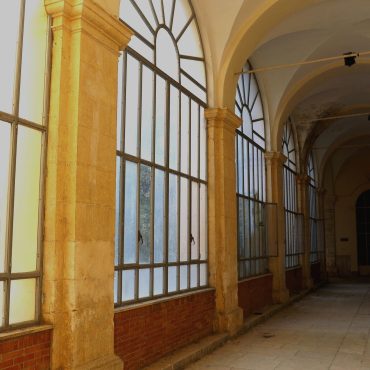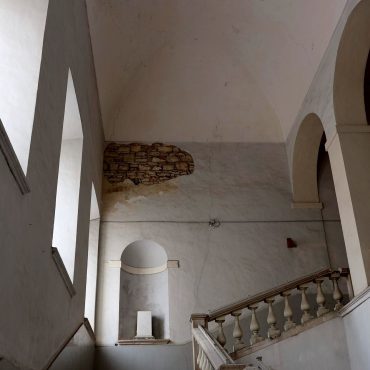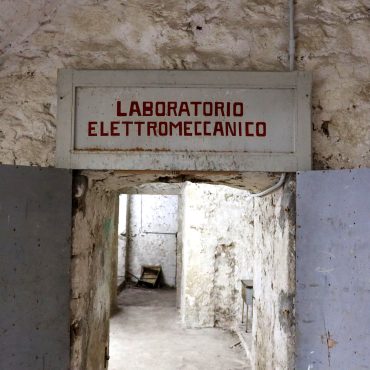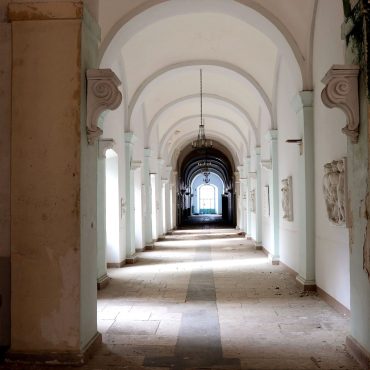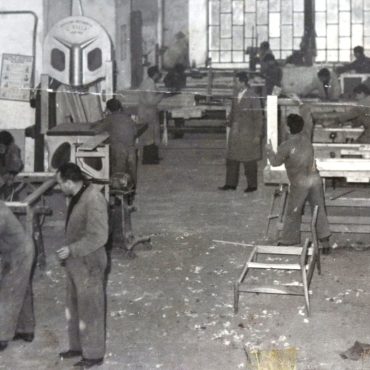
Istituto Vittorio Emanuele II
(18th century)
When the Dominicans built the monastery in the 18th century, they designed an imposing complex which covered a large area. They could not have imagined that it would become the heart of the city, a place of history and culture. The work was undertaken thanks to the generous donation of a priest named Giuseppe Bonhomo. After the suppression of the monasteries, it was converted into an orphanage in the middle of the 19th century and renovated for this purpose by the Giovinazzo architect Giuseppe Mastropasqua.
From then on, the history of the building was bound to the lives of the many children who spent their childhood and youth in the institution, receiving a solid education. Thousands of children stayed here and led a regimented life, carrying out activities such as weaving, woodwork and metalwork in the workshops of the institution. In the 1900s new activities were introduced such as photography, sculpture, gymnastics, cabinet-making and typography. The sisters of the “Immaculata Concezione” congregation of Ivrea took care of the smaller children.
The institution became known for its band and for the vast archive of music it possessed. The past students of the institution created the association known as “Quelli dell’IVE” in order to preserve the memories of this place which today hosts cultural events. Some illustrious figures who spent their childhood here include the 19th century artist Gioacchino Toma, Michele Fiorino, recipient of the military medal for valour in the Second World War, and the cabinet-maker Stefano Montagna.
